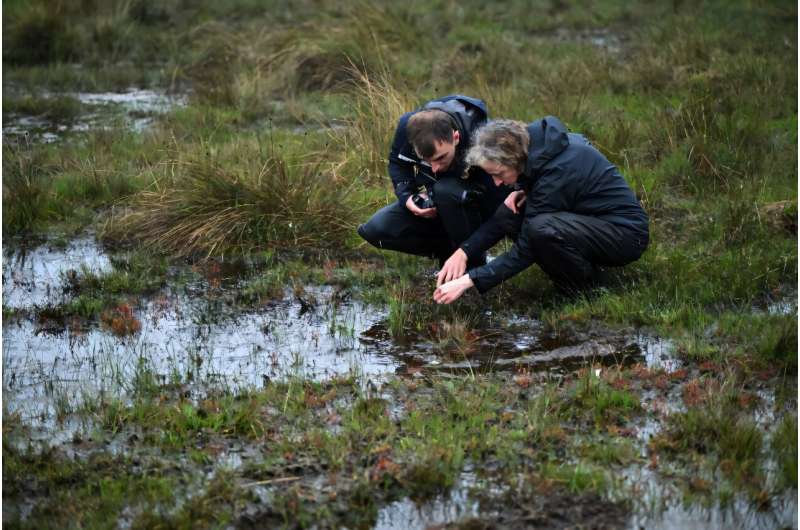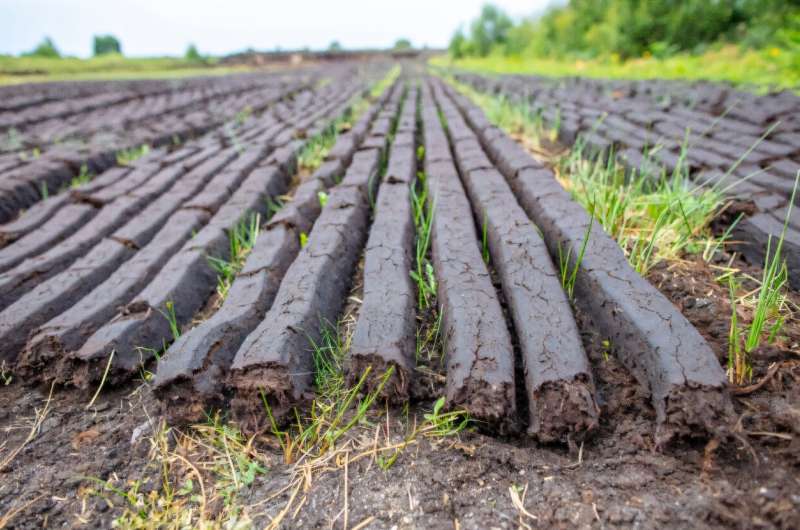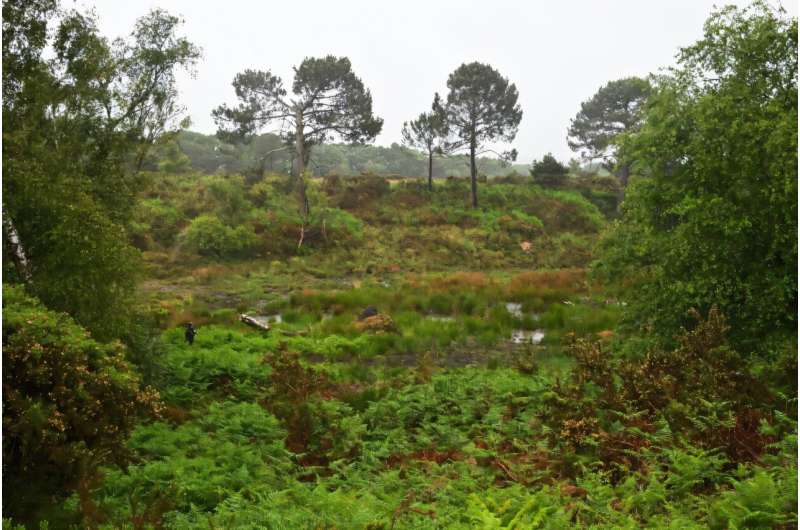In a world where climate change looms large, amazing discoveries are happening right beneath our feet. Researchers in Ireland have developed innovative techniques to map peatlands, a hidden treasure in our fight against global warming. These lush, boggy areas aren’t just beautiful landscapes; they play a crucial role in absorbing carbon and making our planet a healthier place.

Mapping these peatlands accurately is vital, as they store as much carbon as rainforests. According to researcher Dr. Daly, this newfound understanding can enhance land management decisions, fostering efforts to combat climate change more effectively. By employing advanced gamma radiation techniques, her team discovered previously uncharted “transition zones”—those mysterious areas where peat gives way to mineral-based soil, often hidden beneath forests or grassy expanses.
“Thanks to our new color-coded map, we have expanded the understanding of how much of Ireland is considered peatland,” Daly explained. A vibrant “peat” brown and “non-peat” green now adorns around 80% of Ireland’s land, revealing its rich natural tapestry. “Few countries have invested in a dataset as comprehensive as this, placing Ireland at the forefront of mapping research,” co-leader Dave O’Leary added with pride.

‘A Fresh Perspective’
Ireland faces a significant challenge—its land use practices, including farming and peatland drainage, contribute to greenhouse gas emissions that could jeopardize the nation’s climate targets. Analysts warn that failing to reduce emissions by more than 50% by the year 2030 could result in severe consequences, including hefty EU fines. The restoration and rewetting of peatlands could be instrumental in dramatically reducing these emissions.
“Modern technologies provide us with new lenses to uncover hidden peat soils,” Daly mentioned, emphasizing the need for innovative solutions. Located in the country’s central bowl, these boggy regions are uniquely important to Ireland’s ecology.
Peatlands account for approximately 5% of all global greenhouse gas emissions, largely due to agricultural activities that drain or extract them. As agroecology expert Triven Koganti aptly stated, “Historical practices have led to significant emissions, making accurate assessments of peatland boundaries critical for restoration efforts.”

Seeing the Hidden
The unique nature of peatlands comes from their structure. While typical soil is a blend of minerals, air, and water, peat is primarily made from decomposed plants, resulting in high carbon content. When water drains away from these wetlands, the carbon stored in peat is released into the atmosphere as carbon dioxide, turning these vital habitats into sources of greenhouse gas emissions.
Through the ongoing Tellus survey, commenced in 2011, these researchers are working tirelessly to finish mapping the varying landscapes, providing essential data to future climate action. With every inch mapped and understood, a clearer path toward a greener tomorrow emerges, showcasing the powerful role of nature in our fight against climate change.
© 2025 AFP
If you would like to see similar science posts like this, click here & share this article with your friends!

